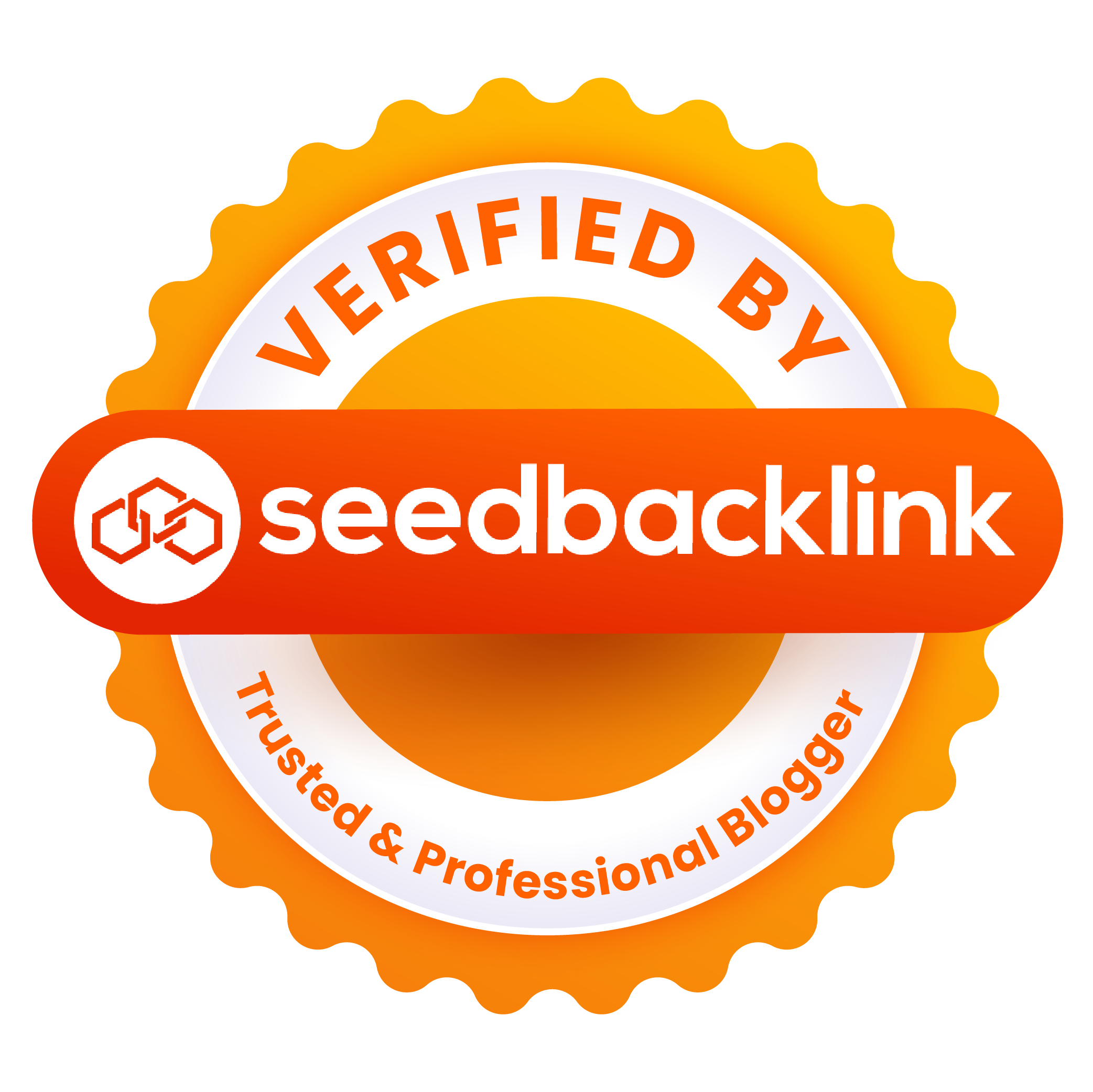Ensuring human resources compliance is no longer a mere administrative task. It has evolved into a strategic responsibility that shapes the culture, credibility, and legal standing of any organization. Businesses of all sizes, across all industries, are bound by a growing list of regulations that govern the way employees are hired, treated, trained, and terminated. Ignoring these rules can lead to costly penalties, damage to reputation, and low employee morale. To build a compliant and ethical workplace, companies need to stay informed, create consistent processes, and integrate compliance into everyday HR practices.
Understanding the Core of HR Compliance
Human resources compliance refers to the process of aligning workplace policies and employee practices with applicable laws, regulations, and internal standards. It covers a broad range of areas including wage laws, anti-discrimination mandates, workplace safety requirements, and employee privacy rights. This compliance function ensures that organizations not only meet their legal obligations but also foster an equitable work environment.
Many companies mistakenly treat compliance as a checklist or a one-time process. In reality, it’s an ongoing effort that must be monitored and updated regularly. Employment laws often change at the federal, state, and local levels. A regulation in California may not apply in Texas, and laws affecting remote employees can differ based on location. Therefore, understanding the multi-layered structure of labor law is essential for any human resources professional.
Training is one of the most effective tools for building compliance awareness within an organization. HR professionals must educate hiring managers, team leaders, and executives about workplace rights and regulatory updates. A proactive culture that values fairness and accountability helps prevent violations before they occur.
Legal Risks of Non-Compliance in HR
When human resources compliance is neglected, organizations expose themselves to serious legal and financial risks. Employee lawsuits, government audits, and regulatory fines can significantly disrupt business operations. Common areas of non-compliance include improper classification of employees, failing to accommodate disabilities, wage theft, lack of safety protocols, and discrimination in hiring or promotion.
The cost of legal settlements due to HR missteps can be substantial. Beyond the monetary penalties, the negative publicity that results from non-compliance cases can tarnish a company’s brand. Moreover, employee turnover tends to rise in environments where HR regulations are ignored, as staff feel unprotected or mistreated. These outcomes impact not just the legal department but also productivity and workplace culture.
To avoid these risks, organizations need clear policies and procedures that address compliance obligations. A documented approach, supported by regular audits and reporting systems, helps HR teams catch inconsistencies and fix them before they lead to legal trouble. It also offers protection during regulatory investigations, proving that the company has taken reasonable steps to follow the law.
Building a Culture Rooted in Compliance
Human resources compliance should not exist in isolation. It must be woven into the fabric of a company’s culture. That begins with leadership. When executives model ethical behavior and champion fairness in hiring, training, and evaluation, employees are more likely to follow suit. Compliance becomes less of a burden and more of a shared value across departments.
Hiring practices offer a strong starting point for building this culture. From drafting unbiased job descriptions to conducting fair interviews, every step must be in line with employment law. HR professionals should also ensure that onboarding procedures provide new hires with a clear understanding of company policies, expectations, and reporting channels for misconduct or violations.
Workplace training programs are equally important. Regular sessions on harassment prevention, diversity and inclusion, and ethical conduct help reinforce the organization’s commitment to compliance. These trainings also provide employees with tools for identifying and addressing potential problems. They’re not just legal protections—they’re confidence builders for teams.
Transparency is another cornerstone of a compliance-driven culture. When employees understand the rationale behind rules and policies, they’re more likely to comply voluntarily. HR should communicate updates clearly and be available to answer questions or hear concerns. This approach fosters trust between HR and the wider workforce.
Strategic Integration of HR Compliance Systems
Technology now plays a critical role in maintaining effective human resources compliance. From payroll software that calculates overtime correctly to platforms that store employee records securely, digital tools help automate and document processes that are vulnerable to human error. These systems also help HR track changing regulations and send alerts when updates are needed.
Modern HR compliance isn’t just about avoiding penalties; it’s about operating intelligently. Companies that leverage integrated systems for tracking time, attendance, benefits, and safety training can catch red flags early. A missed training deadline or an incorrect job classification can be corrected before it becomes a legal issue. In this way, technology not only supports compliance but enhances agility and responsiveness.
Documentation is another area where systems provide an advantage. In the event of an audit or dispute, having digital records of employee evaluations, incident reports, and policy acknowledgments can make or break a case. These records demonstrate accountability and can help prove that decisions were made fairly and lawfully.
As remote work becomes more common, compliance systems must also accommodate distributed teams. Location-aware features can ensure that regional laws are followed, while cloud-based tools allow HR professionals to perform audits, deliver training, and update documents across multiple states or even countries. This flexibility is essential in today’s hybrid and global work environments.
Adapting HR Compliance for Future Challenges
While the fundamental principles of human resources compliance remain constant—respect for law, fairness in treatment, and clarity in policy—the landscape is always evolving. Social movements, economic shifts, and technological breakthroughs continuously reshape how workplaces operate. As new issues emerge, from artificial intelligence in hiring to accommodations for mental health conditions, HR teams must be prepared to adapt.
Regulatory agencies are also stepping up enforcement, especially in areas like pay equity, data protection, and discrimination. Staying informed about these trends is critical. HR leaders should subscribe to legal updates, participate in industry associations, and consult legal experts when interpreting complex laws.
Internal review mechanisms can help organizations stay ahead. Regular compliance audits, employee feedback sessions, and risk assessments offer insights into what’s working and where improvements are needed. These tools keep compliance strategies dynamic and responsive rather than rigid or reactive.
Investing in continuous learning is also vital. HR professionals should pursue certifications, attend workshops, and build networks with peers to exchange knowledge and best practices. The more informed the HR team is, the better equipped they are to navigate legal changes and protect the organization.

